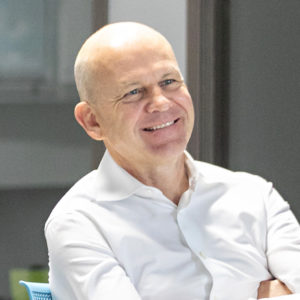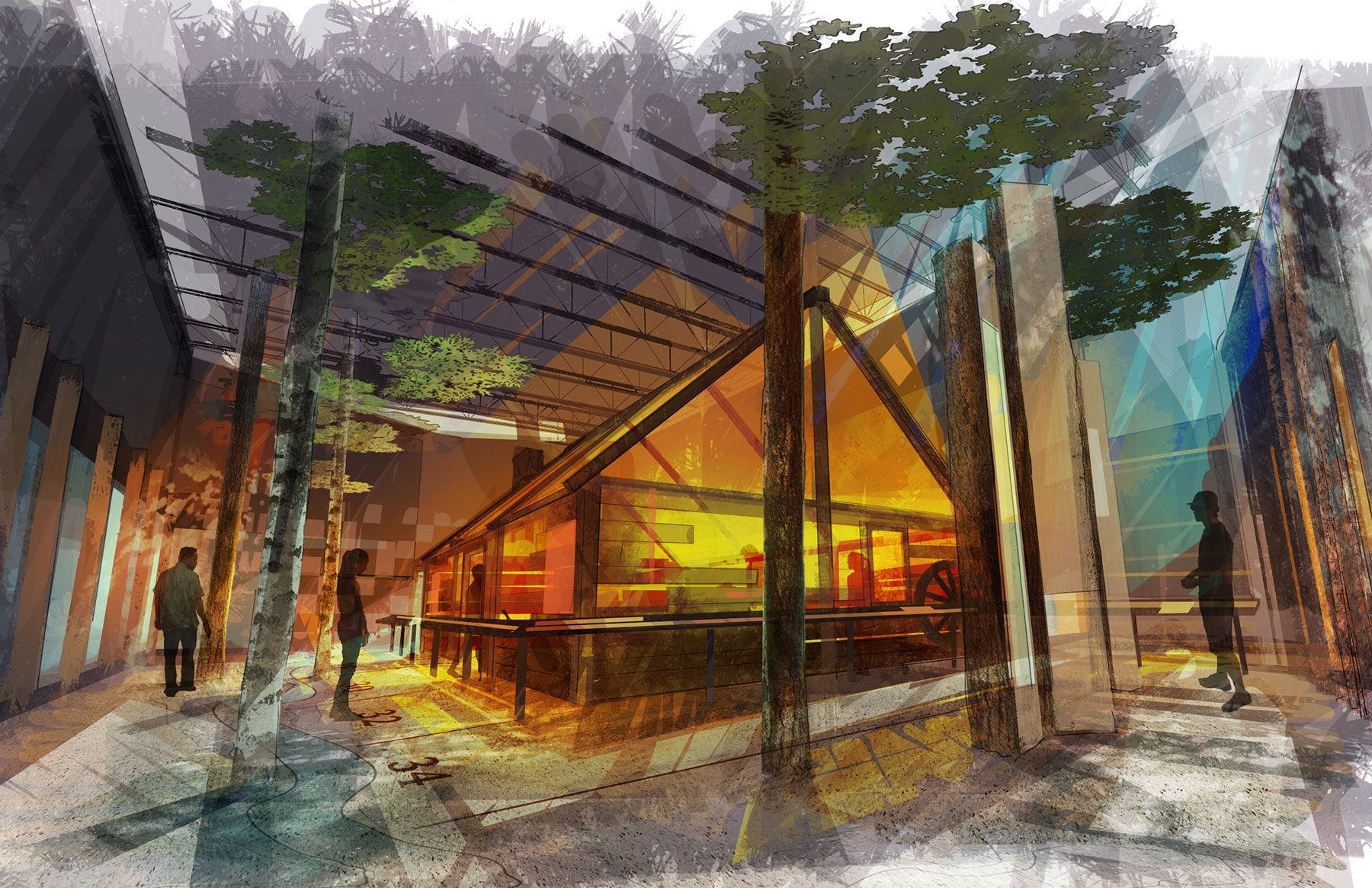The Experience Cost Indicator: Benchmarking the Cost of the Project’s Vision Early on Through Conceptual Estimating Will Guide Design Success
Determining project feasibility is a key component of the development process. Connecting the dots early on to align the many interconnected disciplines is vital to the success of a themed or entertainment destination project and ultimately balances the vision with the budget. For this reason, we recommend an early-stage conceptual estimating to establish a range […]
Determining project feasibility is a key component of the development process.
Connecting the dots early on to align the many interconnected disciplines is vital to the success of a themed or entertainment destination project and ultimately balances the vision with the budget. For this reason, we recommend an early-stage conceptual estimating to establish a range of project costs that considers one or more options.

The finite seed money for the early stages of a project must be used wisely and in a carefully targeted manner, because this phase has no guaranteed timeline or certainty of outcome.
In this respect, it is critical for the team of developers, designers, contractors, and other stakeholders to be on the same page regarding the ultimate vision for the destination from the outset. Being on the same page also means there is transparency and realistic expectations around the cost of the project and whether there are capital constraints that need to be addressed.
We often see that preliminary creative visioning – sometimes referred to as ‘blue sky’ concepts – are disconnected from the business plan’s warranted investment.

Early collaboration between all stakeholders and the cost management team to benchmark the project and right size scope and quality goals is critical before, rather than after, creative work has commenced is critical.
This is where conceptual estimating comes into play.
As a starting point, we encourage project teams to consult our Experience Indices for Theme Parks, Water Parks, and Location-Based Entertainment Destinations. Backed by our database of completed project costs, these tools provide a framework of expectations to get a general idea of the ballpark numbers.
That said, every project is highly unique and contains a variety of factors – concept, program, location, to name a few – that are likely to influence the capital cost. To overcome the challenge of establishing the probable capital cost before starting the blue sky concept design work, we have developed the Experience Cost Indicator.
In the same way as a feasibility study provides the team with parameters for the project’s design, the Experience Cost Indicator is a conceptual estimating tool that provides ranges of cost for various program solutions. The outputs are intended to be indicative and directional and, most importantly, enable the team to start out on the right path and make informed decisions as the concept is developed.
The Experience Cost Indicator takes about a week to prepare and, although it is not a formal cost estimate, it draws upon our extensive database of costs and regional factors and provides a topline assessment of project costs across our six standard Divisions of Work supported by a narrative of assumptions inclusions and exclusions.

With this information, client and design teams can commence the creative process with confidence that the vision is in the ballpark of financial reality. This goes a long way to avoiding the all-too-common shock that comes when time and effort have been expended to develop the concept and it is then tested for cost and then found to be disconnected to the realities of the business plan or capital funding constraints.
By gaining an initial understanding of the development’s vision and goals, investigating and navigating regional costs, and setting benchmarks against historical data, we can use conceptual estimating to come to an agreed budget early on.
From there, the team can more easily proceed knowing that their project will reach the finish line within expectations – and in some cases, even ahead of schedule and under budget.


